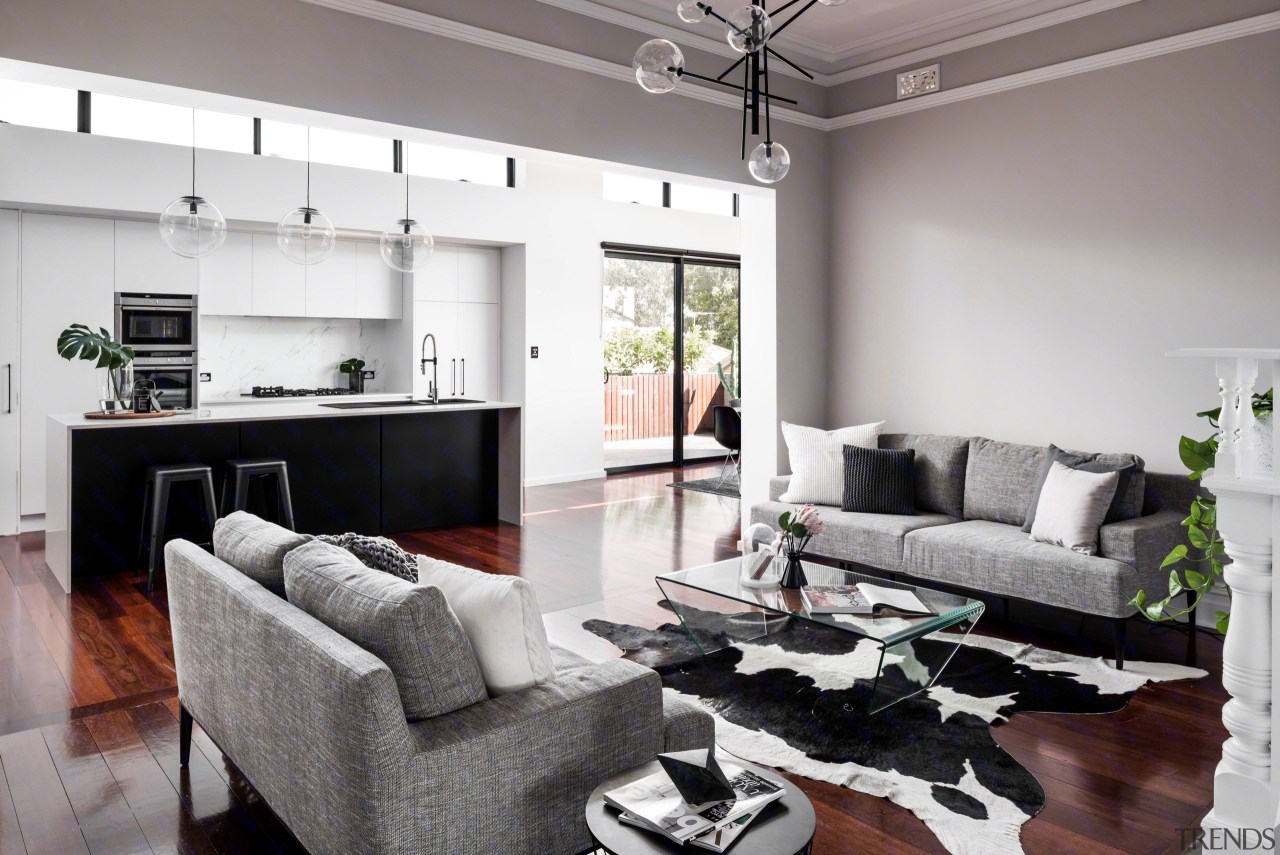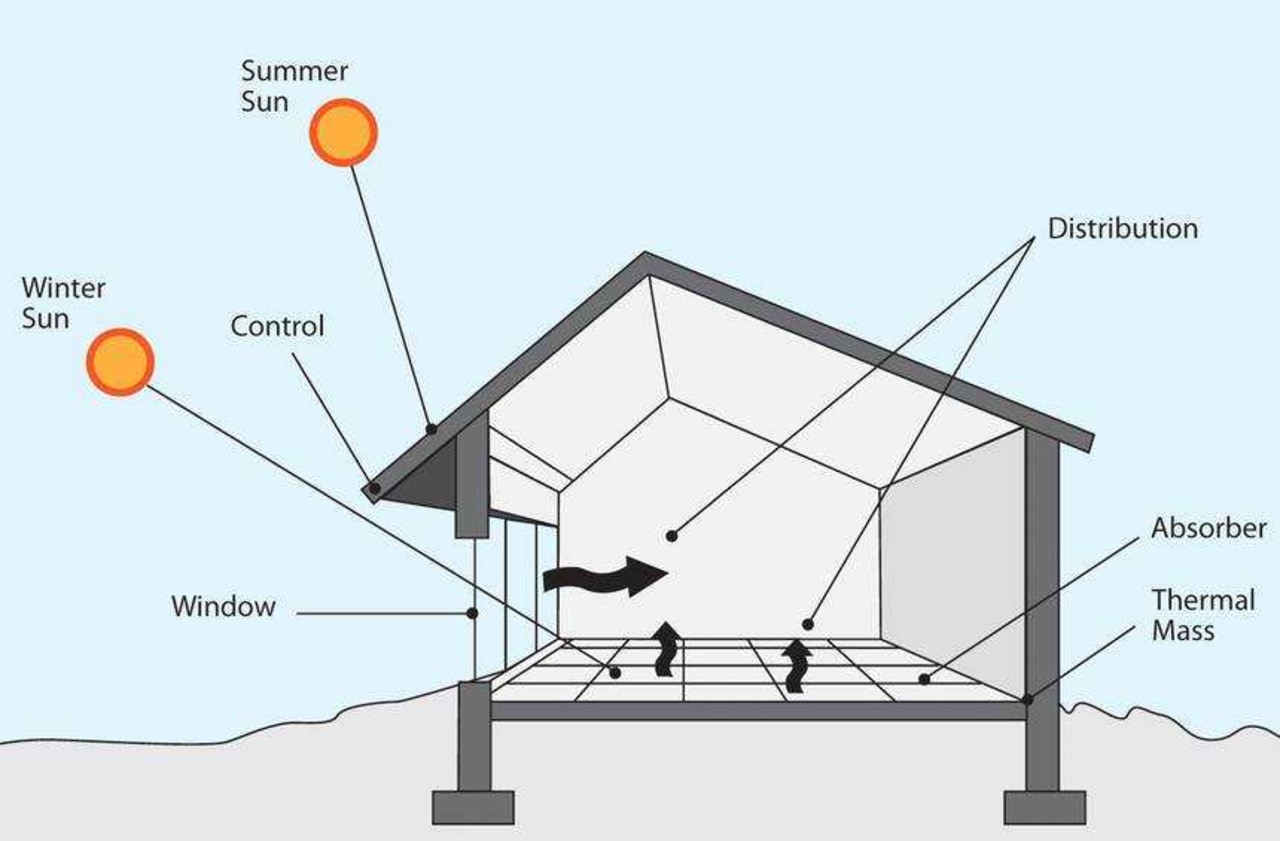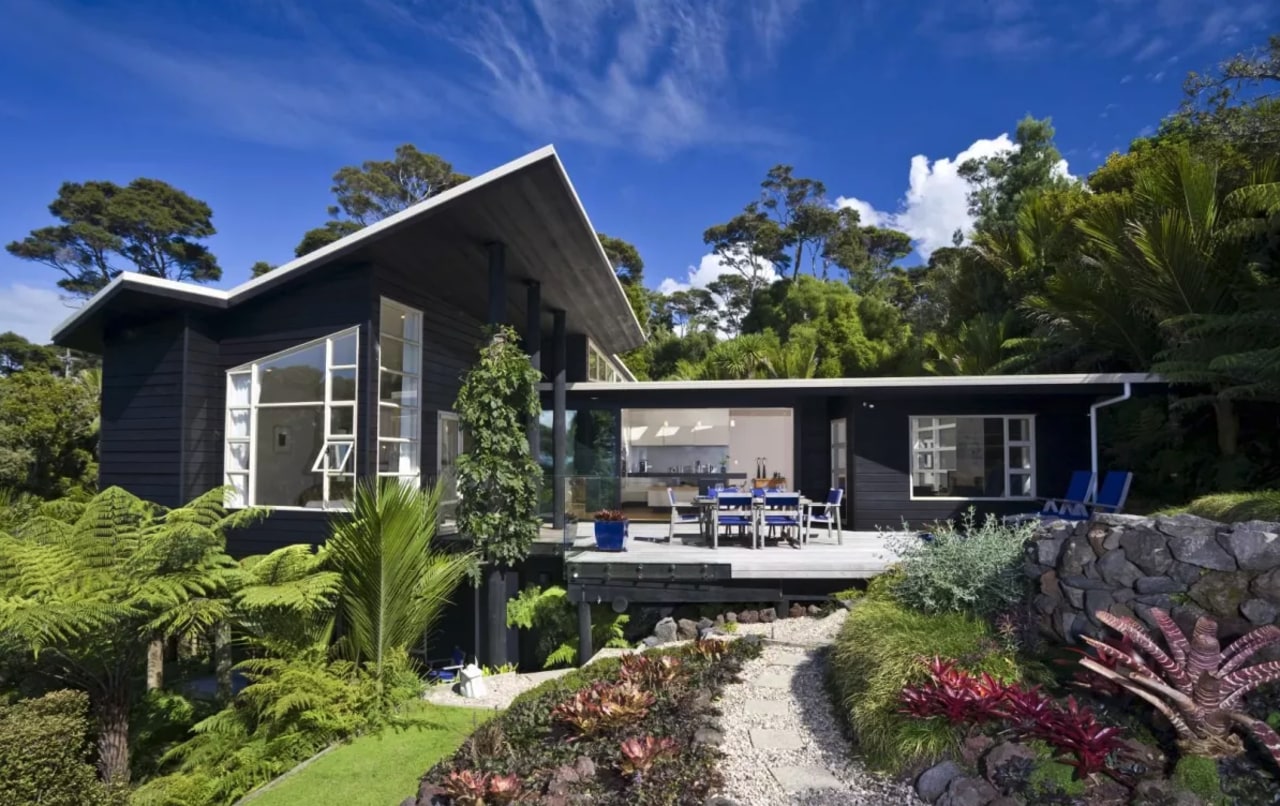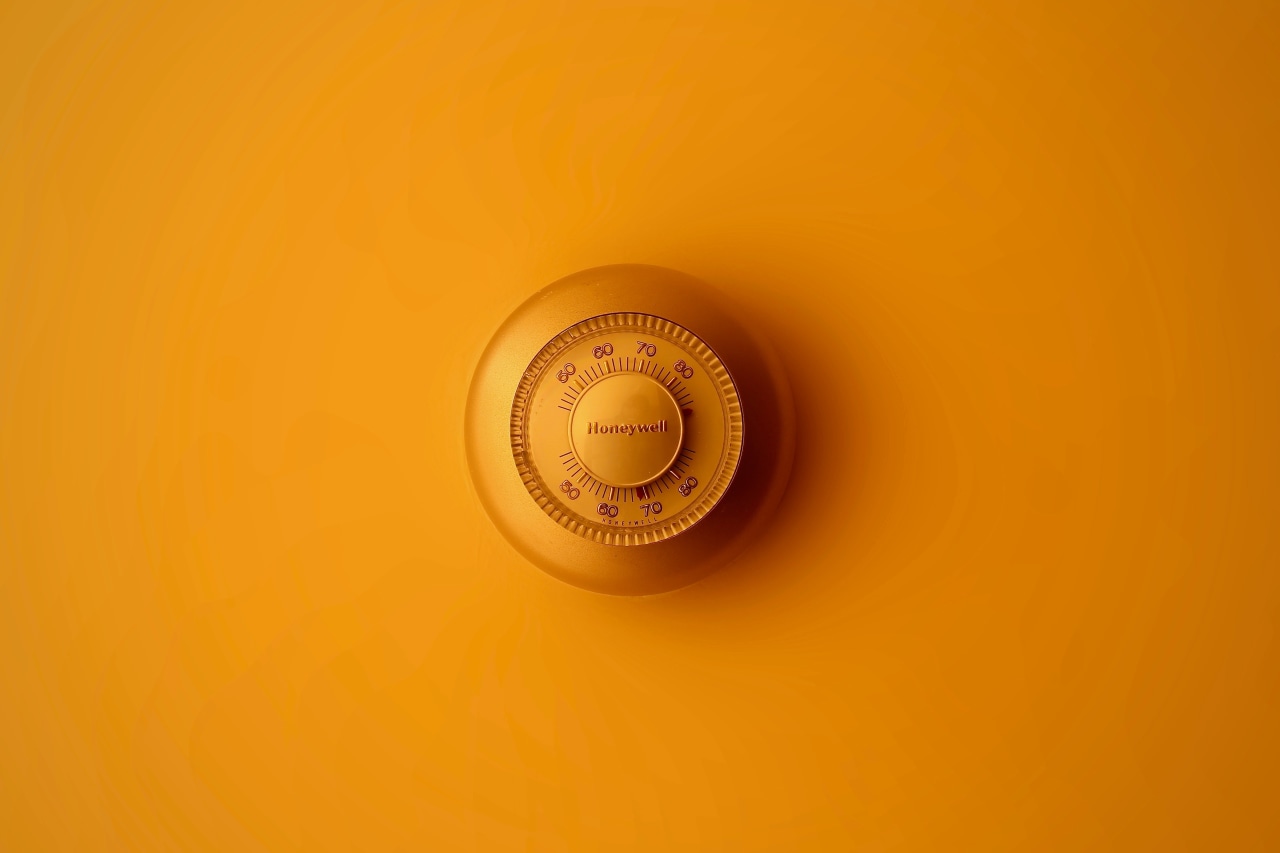How to build the ultimate sustainable home
Whether you just want to cut back on your power bill or you’d like to do your bit for the environment, here’s all you need to know about building a lean, green home

The idea of living sustainably is an undeniably attractive one – especially when it comes to your house. Adopting clever design passive design principles during the construction and introducing green technologies can leave you with a house that’s not more environmentally friendly, but cheaper to operate, too.
Passive solar design: What it is and how it works
Imagine if your home was designed to maintain a comfortable temperature year-round, without any heating or cooling appliances. You could cut a huge chunk out of your monthly electricity bill, and you wouldn’t be subjected to gruelling summer heat or frigid winter nights. That’s the basic idea behind passive solar design.
Architect Janik Dalecki explains: “Passive solar design takes advantage of the climate to maintain a comfortable temperature within the home. This is largely achieved through appropriate orientation of the house on its site to make the most of natural heating and cooling.”
“House orientation is the key component to passive design, with spatial zoning, thermal mass, ventilation, insulation, shading and glazing also being contributing factors.”
There’s really not much more to it. You simply design the home so it’s using your site – and the sun – as effectively as possible. If you’re building a new home, you’d be crazy not to consider these principles!

Using solar and batteries to achieve energy independence
If ‘passive’ solar design is using the way your home is constructed and oriented to maintain temperature, then surely active solar design is using solar panels? In any case, solar is an excellent way of reducing your dependance on the electricity grid (and thus reducing your bill) and gaining some energy independence.
There’s one important consideration before we explore an ideal solar setup, and that’s cost. Solar isn’t exactly cheap, and it takes time for an installation to pay itself off through savings on your energy bill.
A typical solar setup uses a few important components to take the sun’s rays and use them to power your home. First of all, there the panels. These are typically mounted in arrays on your roof or on their own mounts on the ground, with the panels made up of individual photovoltaic cells which turn sunlight into DC energy. A solar inverter then takes this DC energy and converts it into AC energy which your home can use.
This is where things get a little tricky. Right now, any energy your home doesn’t use can be fed back into the electricity grid, and most power companies will pay you for this power. But – this is going to change in the near future.
Instead of sending your excess solar power back into the grid, home energy storage (large batteries) allow you to save the power for when you actually need it, like when the sun goes down. Energy storage is also useful in emergencies, as you’ll have a ready source of power you can draw on.
A home solar system also works well if you have an electric car. You can charge your car using free solar energy, meaning you’re not spending anything on petrol.
Double glazing and insulation
Installing heaters and heat pumps is a next to useless undertaking if you don't have proper insulation in your house. Without insulation, all that heat you're generating will just exit your home through the walls and windows. Double glazing and insulation are answer here.
Double glazing works by trapping air between two panes of glass. The trapped air forms a layer of insulation, preventing heat loss – and gain. It's the same basic principle behind other forms of home insulation. When you pair double glazing with efficient heating methods, you can create a warm, dry home that keeps winter at bay. You can read more about double glazing in our guide.
Insulation comes in a number of forms, but it's most commonly batts or polystyrene in New Zealand. This material is packed into the walls, under the floor and in the ceiling, and stops heat getting out – and cold getting in.

Use energy efficient appliances and technologies
Appliances that consume less energy should be the next step on your sustainable home journey. In New Zealand, you can identify efficient appliances by looking for the Energy Rating Label (usually a sticker). It's quite a simple system. The more stars on the label, the more efficient it is.
There's more on that on the Energywise website.
You may also want to consider other technologies to manage your energy usage. Smart thermostats are just one example, and they can work wonders on your energy bill.
These units are wired into your home, linking to heating appliances and your home's internet connection. Once they're active, they track how you use your heating appliances and find the most efficient heating routine for you. Most models can also be controlled by your phone. You can learn more about these devices in our smart thermostat article.
If you’re interested in other ways to green your home, we’ve got a guide for creating a sustainable bathroom and more from Janik Dalecki. For those who want to get really green, we also have this interview with Brian Mac from Vermont firm Birdseye about building homes in forested areas – it’s quite an interesting read!
Story by: David Renwick
Photography by: Various
Home kitchen bathroom commercial design
Connected to the ocean
Transcending trend
Simplified seclusion


